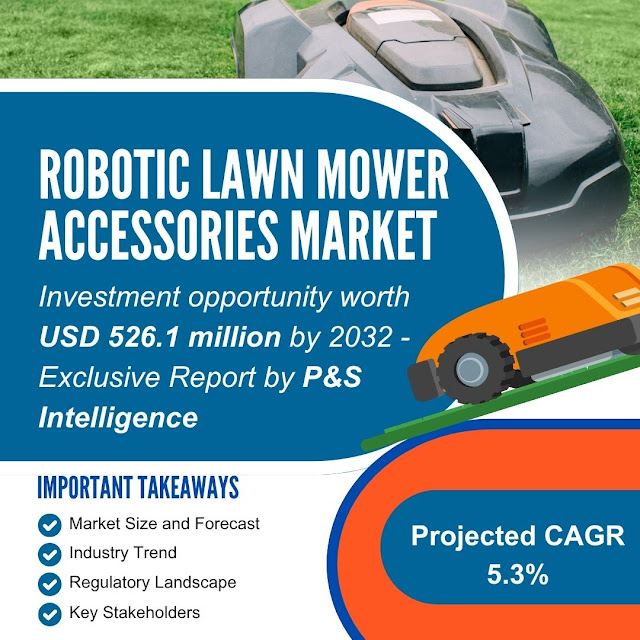The U.S. lighting market, valued at $26.5 billion in 2024,
is positioned for robust growth over the next eight years. Industry projections
indicate the market will expand at a compound annual growth rate (CAGR) of 6.2%
during 2025-2032, ultimately reaching $42.4
billion by 2032. This growth trajectory reflects the ongoing
transformation of the lighting industry, driven by technological innovation,
energy efficiency mandates, and the increasing integration of smart building
systems across residential, commercial, and industrial sectors.
LED Technology Revolutionizes Market Dynamics
The continued penetration of LED lighting technology
represents the most significant factor reshaping the U.S. lighting market.
While LED adoption has accelerated dramatically over the past decade,
substantial replacement opportunities remain across existing installations. The
superior energy efficiency, extended lifespan, and declining costs of LED
systems have made them the preferred choice for both new construction and
retrofit applications.
Recent technological advances have further enhanced LED
appeal, with improvements in color rendering, dimming capabilities, and
spectral tuning expanding their applicability. The development of LED systems
that can adjust color temperature throughout the day to support circadian
rhythms has created new market segments in healthcare, educational, and
workplace environments where human-centric lighting is increasingly valued.
The transition from traditional incandescent and fluorescent
lighting to LED has created a replacement cycle that will continue driving
market growth. Commercial buildings, in particular, represent significant
retrofit opportunities as facility managers seek to reduce energy consumption
and maintenance costs while improving lighting quality and control
capabilities.
Smart Lighting Integration Accelerates Growth
The emergence of smart lighting systems has created an
entirely new dimension of market growth beyond simple bulb replacement.
Connected lighting systems that integrate with building automation, mobile
applications, and IoT platforms offer unprecedented control and customization
capabilities. These systems enable users to adjust brightness, color
temperature, and scheduling while providing valuable data on occupancy patterns
and energy consumption.
Commercial buildings have been early adopters of smart
lighting technology, recognizing the potential for significant energy savings
and improved occupant comfort. The integration of lighting systems with HVAC,
security, and other building systems has created comprehensive smart building
solutions that optimize overall facility performance. This holistic approach to
building management has elevated lighting from a simple utility to a strategic
component of facility operations.
Residential smart lighting adoption has also accelerated,
driven by the proliferation of voice assistants, smartphone apps, and home
automation platforms. Consumers increasingly view lighting as an essential
component of connected home ecosystems, creating opportunities for both
traditional lighting manufacturers and technology companies entering the
market.
Energy Efficiency Regulations Drive Market Evolution
Federal and state energy efficiency regulations continue to
shape the U.S. lighting market, creating both challenges and opportunities for
manufacturers and consumers. The phase-out of inefficient lighting technologies
has accelerated the transition to LED and other high-efficiency solutions,
while updated building codes increasingly require advanced lighting controls
and daylight harvesting systems.
The integration of lighting systems with renewable energy
sources has become increasingly important as buildings seek to achieve net-zero
energy consumption. Solar-powered outdoor lighting systems and grid-tied
lighting installations with battery backup are gaining traction in both
commercial and residential applications, creating new market segments and
revenue opportunities.
Utility rebate programs and incentives have further
accelerated the adoption of energy-efficient lighting solutions. These
programs, which often cover significant portions of upgrade costs, have made
advanced lighting systems more accessible to businesses and homeowners while
supporting broader energy conservation goals.
Architectural and Design Trends Influence Market Segments
Contemporary architectural trends emphasizing natural light,
open spaces, and flexible work environments have created new requirements for
lighting systems. The growing popularity of biophilic design principles has
increased demand for lighting solutions that complement natural light and
support occupant well-being. This has led to the development of sophisticated
daylight harvesting systems and tunable white LED technologies.
The trend toward adaptive and flexible spaces, accelerated
by changing work patterns and multi-use building designs, has created demand
for lighting systems that can quickly reconfigure to support different
activities and occupancy levels. This has driven innovation in wireless
lighting controls, modular fixture designs, and programmable lighting scenes.
Outdoor lighting applications have also evolved
significantly, with cities and communities investing in smart streetlighting
systems that can adjust brightness based on traffic patterns, weather
conditions, and time of day. These systems often incorporate additional
capabilities such as environmental monitoring, emergency communications, and
electric vehicle charging, creating integrated infrastructure solutions.
Healthcare and Educational Sector Opportunities
The healthcare and educational sectors have emerged as
significant growth drivers for the lighting market, particularly for
human-centric lighting solutions. Research demonstrating the impact of lighting
on sleep cycles, mood, and cognitive performance has created demand for
circadian lighting systems in hospitals, schools, and senior living facilities.
Healthcare facilities have been particularly receptive to
lighting upgrades that can improve patient outcomes and staff performance. The
development of infection-control lighting systems, including UV-C disinfection
technologies, has created new market opportunities following increased
awareness of airborne pathogens and the importance of environmental hygiene.
Educational institutions have similarly embraced lighting
upgrades that can enhance learning environments while reducing energy costs.
The integration of lighting systems with classroom technology and the
development of lighting solutions that support different learning activities
have created specialized market segments within the educational sector.
Industrial and Manufacturing Applications Expand
The industrial lighting market has experienced significant
growth as manufacturers recognize the importance of proper illumination for
productivity, safety, and quality control. The harsh operating conditions in
many industrial environments have driven demand for robust, high-performance
lighting solutions that can withstand extreme temperatures, vibration, and
corrosive atmospheres.
The integration of lighting systems with industrial
automation and monitoring systems has created opportunities for smart lighting
solutions that can adapt to production schedules, provide status indicators,
and support predictive maintenance programs. These capabilities have elevated
lighting from a basic utility to an integral component of modern manufacturing
operations.
Warehouse and distribution facilities have been particularly
active in lighting upgrades, driven by the growth of e-commerce and the need
for efficient order fulfillment operations. High-bay LED lighting systems with
integrated controls have become standard solutions for these applications,
offering improved visibility, energy efficiency, and operational flexibility.
Challenges and Market Constraints
Despite the positive growth outlook, the U.S. lighting
market faces several challenges that could impact future development. Supply
chain disruptions and component shortages have affected manufacturing costs and
delivery schedules, particularly for electronic components used in smart
lighting systems. The increasing complexity of lighting products has also
created greater vulnerability to supply chain interruptions.
The rapid pace of technological change has created
challenges for both manufacturers and consumers, with concerns about product
obsolescence and compatibility issues. The proliferation of communication
protocols and control systems has led to fragmentation in the smart lighting
market, potentially limiting interoperability and creating confusion among
consumers.
Price pressure from commodity LED products has compressed
margins in certain market segments, forcing manufacturers to focus on
value-added features and services to maintain profitability. The
commoditization of basic LED lighting has shifted competitive dynamics toward
innovation, quality, and customer service rather than simple cost competition.
Regional Market Variations and Growth Patterns
The U.S. lighting market exhibits distinct regional
characteristics influenced by climate, energy costs, building codes, and
economic conditions. The Southwest and West Coast regions have been leaders in
LED adoption and smart lighting integration, driven by high energy costs and
progressive environmental regulations. The Northeast has similarly embraced
energy-efficient lighting solutions as part of broader sustainability
initiatives.
The Southeast and Midwest regions have shown strong growth
in industrial and commercial lighting applications, supported by manufacturing
expansion and warehouse development. The growth of data centers and logistics
facilities in these regions has created substantial demand for specialized
lighting solutions.













